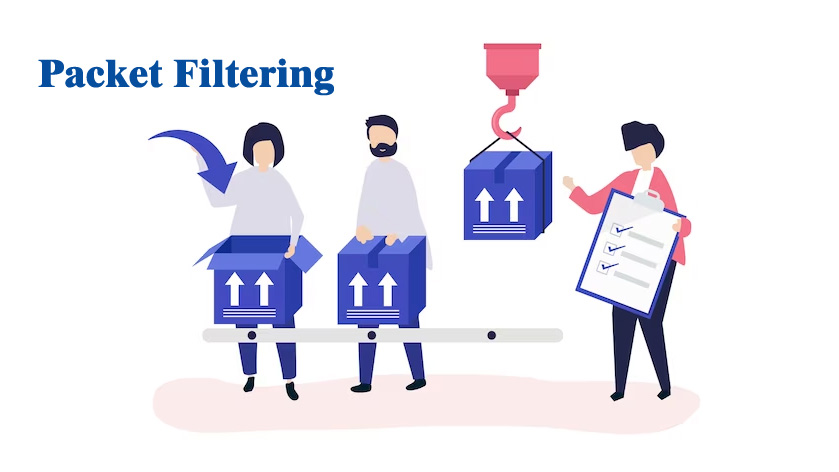Packet filtering is the network security that controls the incoming and outgoing network data flow. It will test each packet that consists of user data and Keep the information in check. Then, it will try the information according to a set of images with pre-established rules. The firewall will allow the packet to pass through its destination once it completes the test. And it will reject the data that does not pass the test. Packet filtering will examine the rules, ports, destination addresses, and protocols.
The data units are carried on packet-switched networking in a system network. The tolerance of this filtering is high because they disassemble messages into small pieces and send them separately. When these messages pass through the firewall and arrive on their destiny, they are reordered to display their information correctly.
Benefits of Packet Filtering
Packet filters will operate quickly when there is a rejection of a packet. And also without interfering with user functionality. Apart from this, some other techniques require users to configure firewalls for particular servers manually. This is how packet filtering firewalls are user-friendly and easy to use.
It has an excellent security technique that can help you protect an entire network with a single screening router. You don’t need extensive knowledge or training to operate firewalls because they won’t be aware of packet transformation until there is a rejection. And this happens rarely.
Packet filtering Firewalls are very efficient. The packets are accepted or rejected quickly based on their destination, address, or source ports. Since routers operate at high speed. Incoming and outgoing packets are usually only held for a few milliseconds while the filter decides its destiny. Other firewall techniques have performance that overheard and exceeded those of packet-filtering firewalls.
Conclusion
In conclusion, one of the crucial packet filtering processes is controlling and monitoring network data to ensure its compliance and authenticity. So, if you want to employ this technique, you need to understand what options come with it and the pros and cons.

